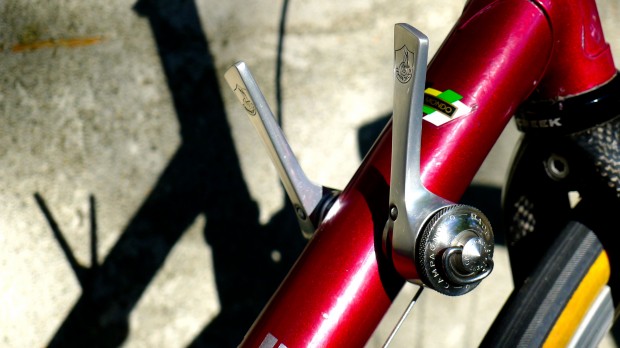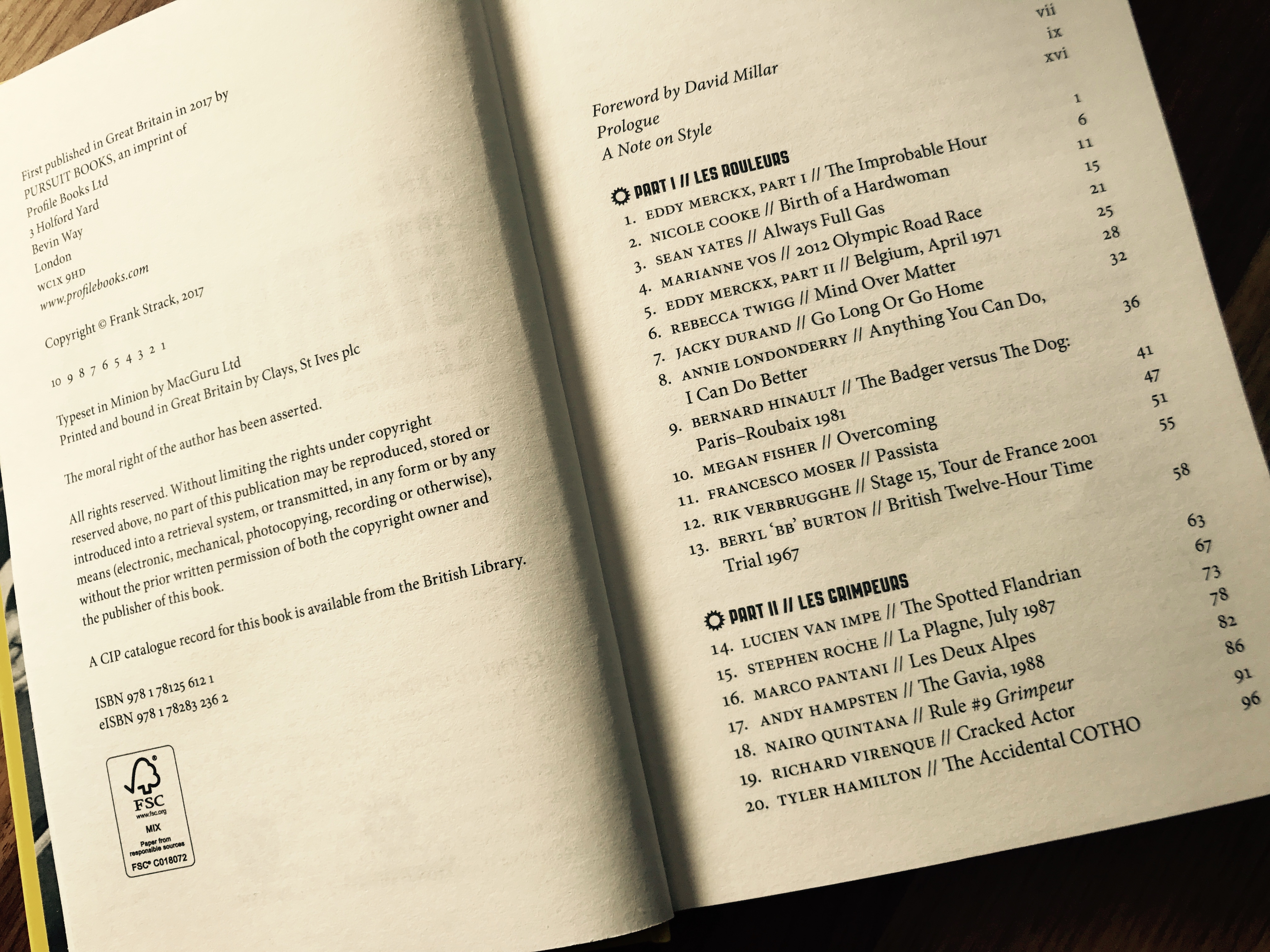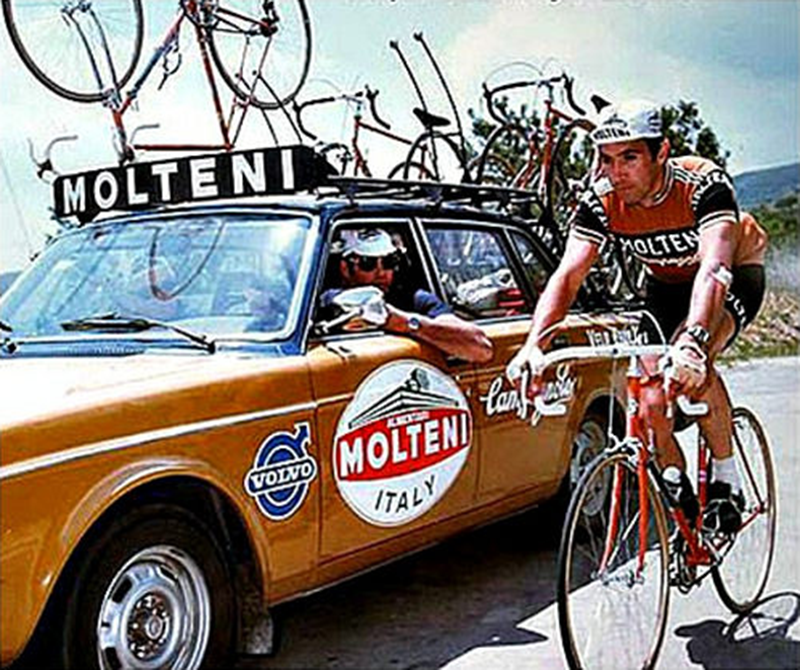Changer de Braquet

Some people are supremely good at it, reducing complex situations into matters of simple black and white. This isn’t my particular area of expertise; I enjoy wading through the pools of ambiguity a bit too much to go about bludgeoning this beautiful world into absolutes. In fact, I would venture that delighting in nuance is part of what distinguishes La Vie Velominatus from the simple act of riding a bicycle.
I’ve spent the summer wrapping myself in the Rules handed down by the Apostle Museeuw during Keepers Tour 2012, with particular emphasis on Rule #90. Climbing Sur la Plaque is a cruel business, rising upwards under the crushing weight of physics as you fight to maintain your rhythm and momentum. At first, it’s a struggle to maintain speed on the smaller climbs as you learn how to change your pedaling action to compensate for changes in gradient. You focus on loading the pedals and forcing them around; the moment you lose the rhythm, gravity sinks her claws into your tires and tries to drag you back down the hill. On the other hand, if you maintain your cadence and power through the ramps, what is usually an intimidating slope will disappear under your wheels, making molehills of mountains.
If the Big Ring is a hammer, then not every climb is a nail. (I realize too late that referring to the road as a nail is sure to bring the Puncture Apocalypse on today’s ride.) The guns get more massive from the practice of Rule #90, but it comes at a hefty price: souplesse withers like a delicate flower as one seeks to conquer the art of mashing a huge gear. Indeed, one of the great pleasures in Cycling is to sense a certain fluidity of your stroke which belies the feeling of strength in your muscles as you continue to heap coals on the fire.
This requires an art altogether different from moving Sur la Plaque; it relies on turning the pedals at a higher cadence and shifting gear whenever the gradient changes. Rhythm holds court over everything else and is maintained at all costs. As the gradient steepens, the chain is slipped into the next smaller gear; as the gradient eases, it is droped back down. Not every climb suits this style of riding; the rear cluster must be matched perfectly to accomodate the changes in pitch such that maximum speed is maintained and the legs allowed to continue their relentless churn. When synchronized perfectly, it is the gateway to La Volupté; when not: disaster.
Such is the nuance of shifting gear, such is the nature of Cycling.


@mouse
There wasn’t anything very steep in South West Victoria. I think the biggest climb I ever did in a race was only 100 m vertical rise or so. Besides we all had 13-17s so it didn’t really matter.
The feeling I remember before getting dropped was switching backwards and forwards between adjacent gears like the 15 and 16 with one feeling too hard to push and the other like I was spinning too fast. The desperate search for that perfect gear was always a sign of impending disaster.
@Cyclops
@frank
Interesting Frank. Considering the chain distance from the axle, you are correct, it should be more efficient to run a chain around a larger curve. Quite some research has worked on exactly how efficient a chain is at transfering power.
I thought of this, and considering the effort applied by the rider to the drivetrain through the fixed length of the crank, the leverage applied to the chainline must be reduced because the force of the resistance you are pedalling against (the hill and your gravitational mass through the chain to the crank) intersects at a point on the crank arm further out and closer to the pedal axle when you are in big ring. Thus reducing the mechanical leverage The Guns have on the drivetrain?
Presuming you are in the same mathematical ratio, with the big ring or the small ring, and The Guns are providing the same effort (your max watts), with the small ring the crank arm has more leverage on the chainline, than in the big ring?
Just a meandering thought, and welcoming your retort.